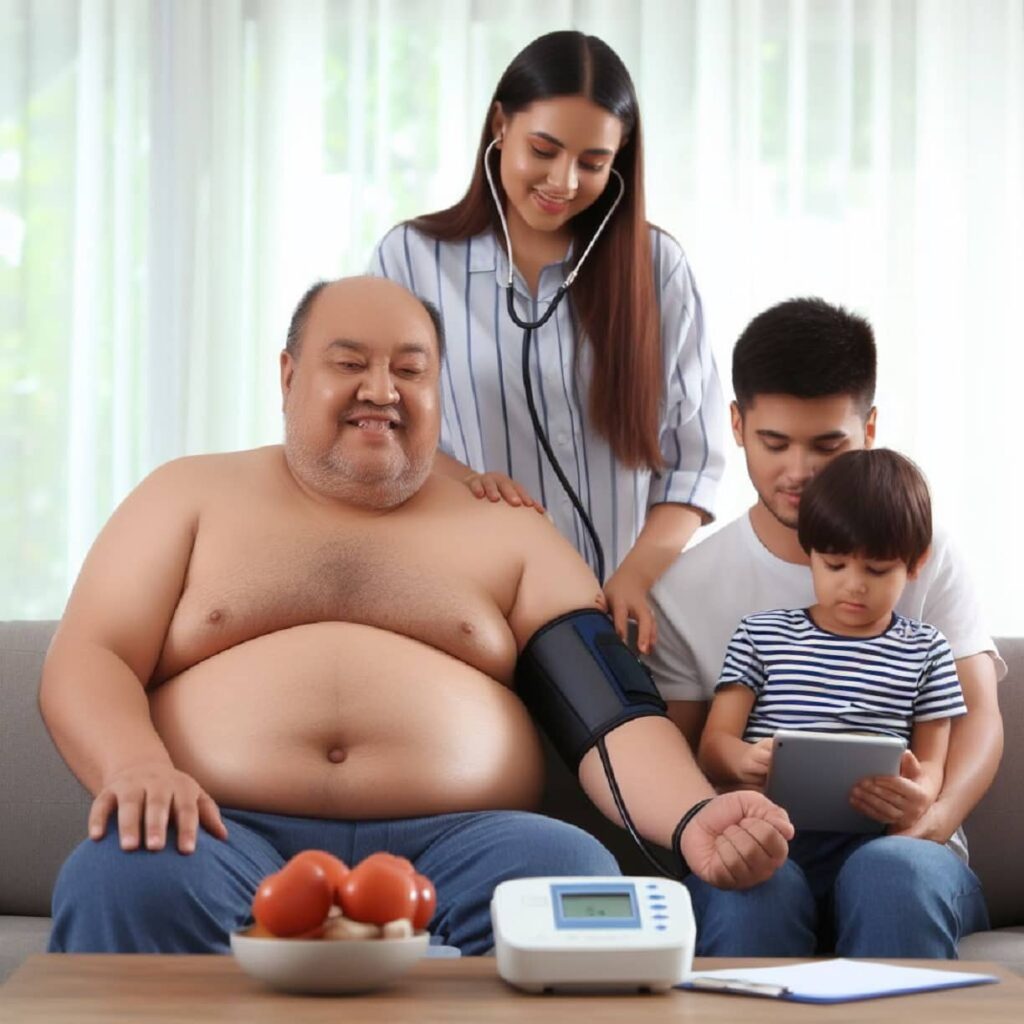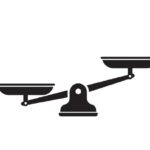High blood pressure, or hypertension, is a common health concern that affects millions of people worldwide. The good news is that many effective strategies to lower blood pressure can be implemented right in the comfort of your own home. In this comprehensive guide, we will explore a variety of evidence-based methods and lifestyle changes that can help you lower your blood pressure naturally.
Understanding Blood Pressure
Before we dive into the strategies, let’s briefly review what blood pressure is and why it matters.
Blood pressure is the force of blood against the walls of your arteries as it circulates through your body. It’s measured in millimeters of mercury (mm Hg) and consists of two numbers:
- Systolic Pressure: The top number, which represents the pressure when your heart beats and pumps blood.
- Diastolic Pressure: The bottom number, which represents the pressure when your heart is at rest between beats.
High blood pressure occurs when the force of blood against your artery walls is consistently too high. This condition can strain your heart and blood vessels, increasing the risk of serious health problems like heart disease, stroke, and kidney disease.
Lifestyle Strategies to Lower Blood Pressure
1. Adopt a Heart-Healthy Diet
Eating a diet rich in nutrient-dense foods can have a significant impact on your blood pressure. Here are some dietary recommendations to consider:
| Foods to Include | Foods to Limit |
|---|---|
| Fruits and vegetables | Sodium (salt) |
| Whole grains | Processed and fried foods |
| Lean proteins (chicken, fish, beans) | Sugary beverages |
| Nuts and seeds | Red meat |
| Low-fat dairy products | Excess alcohol |
2. Reduce Sodium Intake
Excess sodium in your diet can contribute to high blood pressure. Aim to consume less than 2,300 milligrams of sodium per day (or 1,500 milligrams if you have high blood pressure or are at risk). Be mindful of hidden sources of sodium in processed and restaurant foods.
3. Maintain a Healthy Weight
Carrying excess weight can increase your risk of high blood pressure. Achieving and maintaining a healthy weight through a combination of a balanced diet and regular physical activity can help lower your blood pressure.
4. Engage in Regular Physical Activity
Regular exercise can have a significant impact on blood pressure. Aim for at least 150 minutes of moderate-intensity aerobic exercise or 75 minutes of vigorous-intensity exercise per week. Activities like brisk walking, swimming, cycling, and dancing are excellent choices.
5. Limit Alcohol Consumption
Excessive alcohol consumption can raise blood pressure. If you choose to drink, do so in moderation. For men, this means up to two drinks per day, and for women, one drink per day.

Additional Strategies for Lowering Blood Pressure
1. Monitor Blood Pressure Regularly
Regularly checking your blood pressure at home with a home blood pressure monitor can help you keep track of your progress and detect any changes. It’s essential to follow the correct procedures for accurate measurements.
2. Stress Management
Chronic stress can contribute to high blood pressure. Incorporating stress-reduction techniques into your daily routine, such as meditation, deep breathing exercises, or yoga, can help manage stress and, in turn, blood pressure.
3. Dietary Supplements
Some dietary supplements, such as potassium, magnesium, and Omega-3 fatty acids, may have a positive impact on blood pressure. However, it’s essential to consult with a healthcare provider before adding supplements to your regimen, as they can interact with medications or have adverse effects.
Real-Life Success Stories
To illustrate the effectiveness of these home-based strategies, let’s explore a couple of real-life success stories:
Case 1: Lisa’s Journey
Lisa, a 50-year-old woman, was diagnosed with high blood pressure during a routine checkup. Determined to take control of her health, she started following a heart-healthy diet, reducing her sodium intake, and engaging in regular brisk walks. Over several months, Lisa’s blood pressure gradually decreased. Her dedication to these home-based strategies allowed her to manage her blood pressure without the need for medication.
Case 2: Robert’s Transformation
Robert, a 60-year-old man with high blood pressure, decided to make significant lifestyle changes after a health scare. He adopted a plant-based diet, started practicing daily meditation, and closely monitored his blood pressure at home. Over time, Robert’s blood pressure readings improved, and his healthcare provider was able to reduce his medication dosage. Robert’s story underscores the power of lifestyle changes and home monitoring in blood pressure management.
Conclusion
Lowering and managing blood pressure is achievable with the right strategies and lifestyle changes. Whether through dietary modifications, regular exercise, stress management, or home blood pressure monitoring, you have the tools to take control of your blood pressure and reduce the risk of serious health complications. Remember that small, consistent changes in your daily routine can lead to significant
















